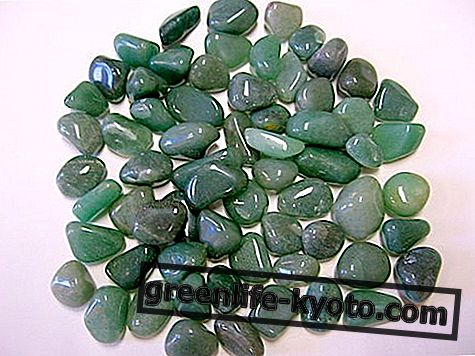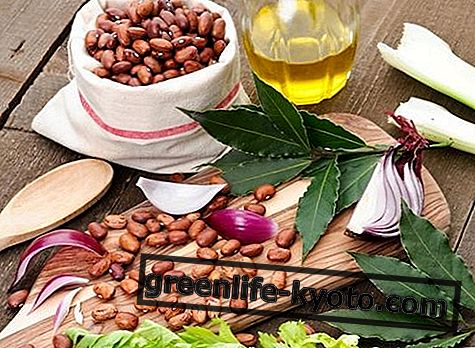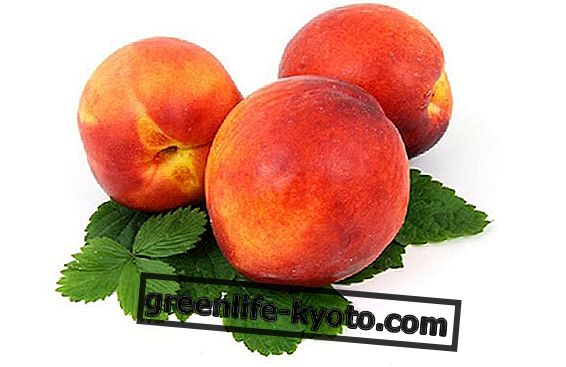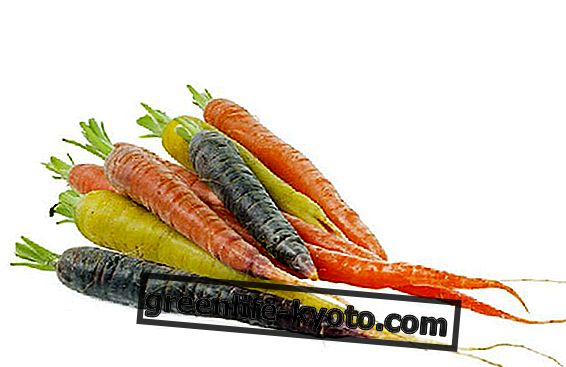
Onion is one of the easiest vegetables to grow and spontaneous varieties are found throughout the Italian peninsula.
This bulb is of ancient cultivation and is part of the traditional peasant cuisine being commonly used in the history of our country thanks to its availability and its low cost .
Its origin is lost in the history of the times so that already in the prestige and in the age of the bronze onions were found in the caves and in the places where the man was present. The Egyptians used it together with garlic, so much so as to be called "the fetids". In ancient symbolism the onion is the eternal life precisely because of its multi-layered shape that gradually encloses the heart.
The healthy properties of the onion are many and see this bulb used in natural medicine as a remedy for colds, flu and purification of the bloodstream.
The onion plant
Its botanical name is Allium cepa and belongs to the liliaceae family. The onion is a bulb that is born developing roots collated under the ground and from the center of the bulb long leaves from which a stem will grow that will bring the inflorescence of various colors, from white to purplish pink; the shape of the single flowers forms a kind of sphere.
From every single flower after pollination a seed will develop that can give life to a new onion plant.
Onion can also produce other small duplicating onions at the base of the bulb and therefore it will be sufficient to separate them to obtain new onion plants to be cultivated.
Numerous varieties can be cultivated that differ in color, shape, development and harvest period and other characteristics.
Let's get to know them.
Try the onion decoction and discover its benefits and use
Most known varieties of onion
- The red onion of Tropea is one of the most known red onions and purchased throughout Italy; it is typical of the province of Vibo Valentia and Cosenza and is renowned as a typical food of Calabria . Its shape is oval, the red color of the bulb tends to be very purple and the peculiarity is the sweetness of its flavor thanks to the presence of substances inside, developed by selection in the cultivation of these areas.
- The golden onion of Parma is small but very appreciated and used in the kitchen. Very suitable for the preparation of fried vegetables, it is recognizable by its golden color and its good taste that is easily combined with other ingredients.
- The white onion of Chioggia, as its name already says, is light colored, already used by fishermen to protect and better preserve the fish. Its flavor is strong enough and the marinating in "saor", or the preparation of fish with oil, vinegar and plenty of white onion, is traditional in Chioggia.
- The Suasa onion is grown between Ancona and Pesaro. This onion was being lost but in recent years it has been rediscovered, saved as a seed genetic heritage and brought back to cultivation. Now it has become typical in the Marche region so that every year a festival is dedicated to remember the use of this traditional onion with a very sweet taste and a pink color .
Other varieties of forgotten onions
In Italy there are numerous ancient onions that are becoming increasingly rare and that the new generations of farmers no longer cultivated because they do not respect the classic market demands.
These ancient and traditional onions are forgetting and with them also an infinite biodiversity and an immense wealth of different genetic heritage. However, there are groups and movements for the recovery of ancient seeds and rar and thanks to their work many varieties of vegetables have come to light and recultivated in their lands of origin for marketing in local farmers' markets.
Among the slow food principals we have
- the red Milanese onion which has a large spherical shape and white color with red streaks;
- the flat Grossa of Italy, a red and flat onion that is welcomed in July in the Abruzzi lands ;
- the Verdina of Florence, an onion of the winter period with a shape similar to a top with a red color and very appreciated also fresh;
- the Bianca di maggio cultivated in Southern Italy as well as the onion of the Rocca, different in color and harvest period.
However, more and more varieties of onions are coming to light thanks to the conservation and enhancement of typical and traditional products.
Each of us can make a difference at the time of purchase by going to know and choose the products grown in the nearby lands, linked to the tradition of their own land.













